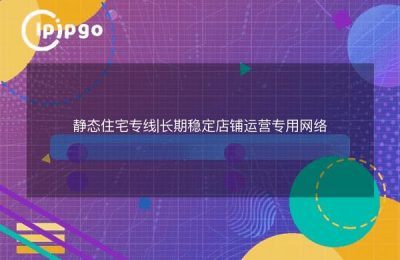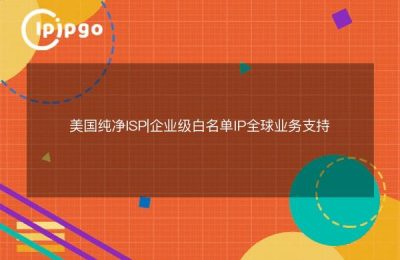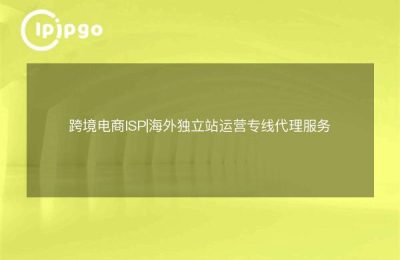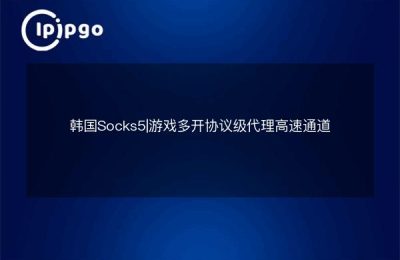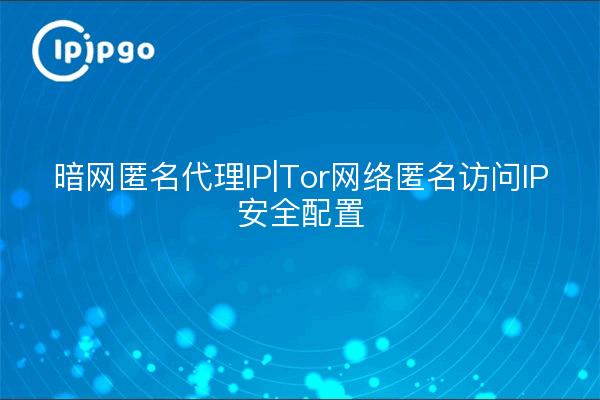
The Secret Channel Hidden in the Onion: How to Harden Tor Network Security with Proxy IPs
In scenarios where deep anonymity is required, the Tor network is often referred to as "onion routing", but just like a real onion with multiple layers, there is still a risk of being peeled off by Tor alone. In this article, we will teach you how to set up a Tor network through the use of proxy IPs.Dual-insurance anonymous access, focusing on combining ipipgo's residential agent features to enhance the overall level of protection.
I. Basic Protection Vulnerabilities of the Tor Network
There are three risk points in the Tor node itself: the ingress node exposes the real IP, the egress node may be monitored, and the node is controlled by a malicious operator. Establishment via residential proxy IPFront protective layer, which can effectively solve the problem of first floor exposure.
| risk link | Agent Solutions |
|---|---|
| Entry Node Record IP | Residential agents disguise their real address |
| Export node data decryption | Multi-layer protocol encrypted transmission |
| Node identity association | Dynamic IP periodic switching |
Second, the proxy IP practical configuration program
Using ipipgo'sResidential AgentsFor services, it is recommended to selectSocks5 protocolIn conjunction with the Tor Browser, here are the steps to follow:
1. Get dynamic residential proxy address in ipipgo backend
2. Configure a system-level agent or application-level agent
3. Setting up browser fingerprinting protection (disabling WebRTC/Canvas fingerprinting)
4. Establishment of dual authentication mechanisms (proxy accounts + Tor links)
III. In-depth analysis of key protection points
IP purityis a core element, ipipgo's residential IPs all come from real home networks and are harder to identify than data center IPs. This is accomplished through itsIP Rotation APIIt can realize automatic replacement of exit nodes every 15 minutes to avoid behavioral characteristics generated by long time connection.
In terms of protocol configuration, it is recommended that thechained proxy structure: local device → ipipgo residential proxy → Tor network → target website. With this structure, each link can only obtain fragmented information and cannot restore the full path.
IV. Common practical problems QA
Q: Does the proxy IP affect Tor's connection speed?
A: ipipgo's intelligent routing technology automatically selects thelow latency nodeThe measured data show that the overall latency increase after stacking proxies does not exceed 20%
Q: How can I test the effectiveness of the anonymization system?
A: A three-step verification is recommended:
1. Visit ipleak.net to detect IP/DNS leakage
2. Use Wireshark to capture packets to analyze traffic direction
3. Check that the entropy value of the browser's fingerprint is up to standard
Q: How to choose between Dynamic IP and Static IP?
A: high-frequency access with dynamic IP (recommended ipipgo's intelligent rotation mode), the need to maintain the session of the occasion to choose a static residential IP, both need to be used in conjunction with the Tor
V. Advanced recommendations for continuous protection
Recommendations are implemented on a weekly basisThree-piece security audit suite: Update proxy credentials, clean browser cache, change hardware feature codes. ipipgo provides theMulti-account management system, which can help users realize identity isolation in different scenarios.
Finally, it should be emphasized that any anonymous system existswooden barrel effect (e.g. of oil)The quality of the proxy IP directly determines the overall protection level. Choosing a service provider with a real residential IP pool like ipipgo can ensure that each traffic packet is integrated into a huge amount of real user data to achieve the effect of "hidden in the city".

